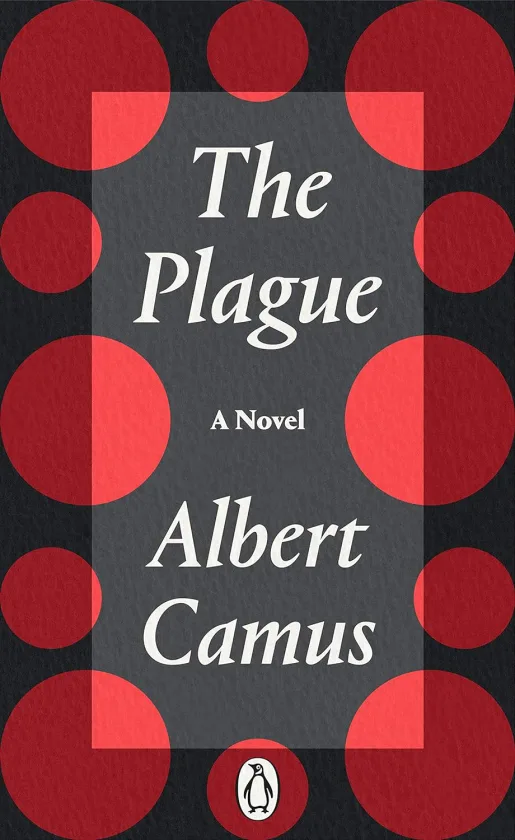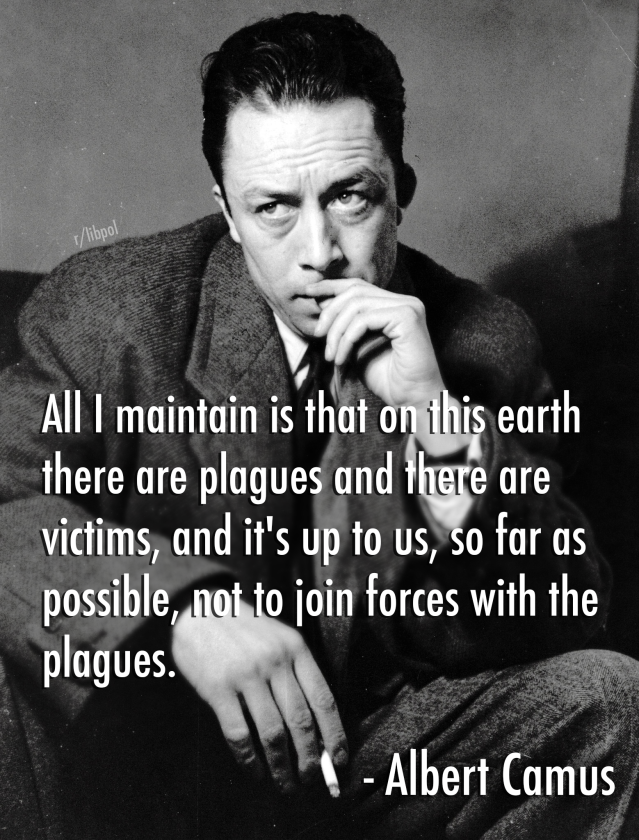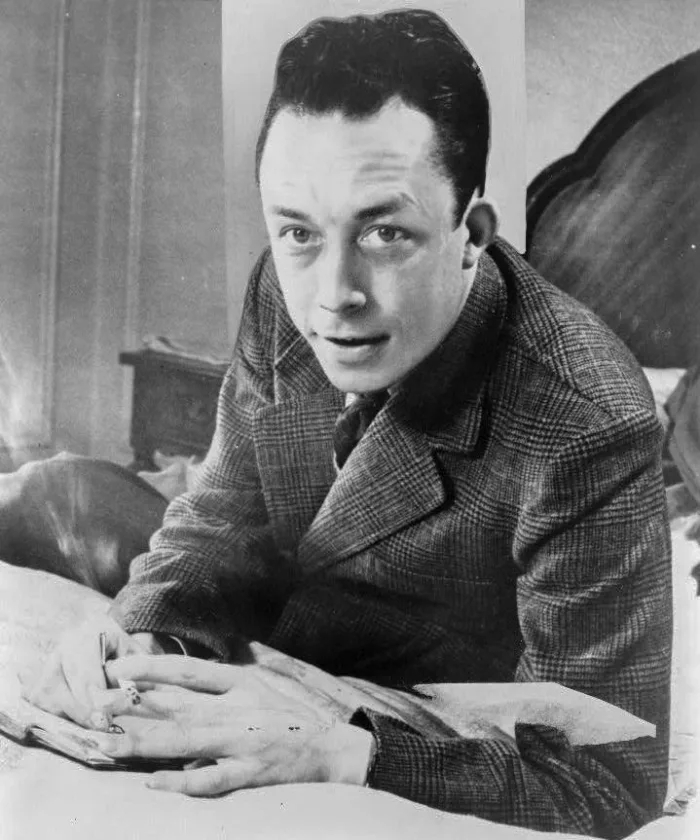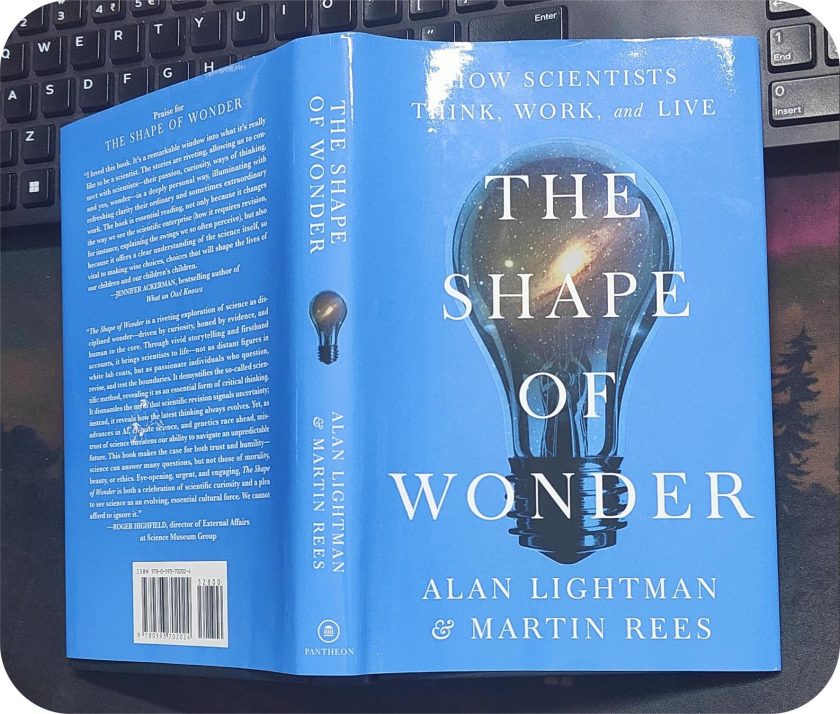
“The Plague” is a book written by Albert Camus in 1947. The story is set in Oran, a city in French Algeria, and describes what happens when a deadly disease spreads through the city. We don’t know who the person telling the story is until the last chapter. The book shows what life is like in Oran during the plague.
The book made me think of the coronavirus pandemic and sometimes made me feel more anxious by reminding me of that stressful time. However, when reading this classic again, I was amazed at how accurately the author, Camus, describes an experience like this, even though he never actually went through it himself.
Oran’s Epidemic Draws Parallels with Historical Plagues
The author studied many historical plagues to write his novel about an epidemic hitting the town of Oran. The story focuses on a doctor named Bernard Rieux. At the start, Dr. Rieux notices more and more dead rats around town. The people of Oran are disgusted but don’t see the true danger.
A series of deaths with unusual symptoms make town officials wonder if they are facing an “epidemic” and how to respond. They know they don’t have enough equipment to handle many sick people at once. They advise residents to be very clean but worry about hospital bed availability.
Many people are dying, so authorities shut down the town. Stores close, and the number of deaths is tracked daily. People start wearing masks to protect themselves. False remedies spread, causing confusion.
“The most striking feature of our funerals was their speed. Formalities had been whittled down, and, generally speaking, all elaborate ceremonial suppressed. The plague victim died away from his family and the customary vigil beside the dead body was forbidden, with the result that a person dying in the evening spent the night alone, and those who died in the daytime were promptly buried.” Pg.85
Someone observes that even healthy people are obsessed with the illness. The entire community seems to be in a state of anxious anticipation.

Realistic Portrayal of Oran’s Plague
Camus has depicted with poignant realism how the residents of Oran struggle to cope as the plague ravages their town. For instance, he explores:
- the psychological strain caused by isolation
- the constant updates on the death toll, and
- the monotonous fear that pervades their lives
“It was undoubtedly the feeling of exile – that sensation of a void within which never left us, that irrational longing to hark back to the past or else to speed up the march of time.” Pg.34
During the COVID-19 period, I found myself constantly reminiscing about the times when I felt truly free and connected with others—things that didn’t seem particularly significant back then. There was a deep longing and a desperate hope that things could somehow return to the way they used to be. The pandemic made me realize just how much those moments meant to me and how much I yearned for their return.
Hope and Unity Amid Grief and Recovery
Camus offers reassurance as we and the people living in Oran grieve over all the deaths and miss the old way of life. He presents a future where humanity together overcome difficult times. Thus, showing his confidence in people and their ability to handle tough situations as a group. In the words of Tarrou,
“…on this earth there are pestilences and there are victims, and it’s up to us, so far as possible, not to join forces with the pestilences.” Pg.124
As people start getting back to their regular lives, Camus shows that the people of Oran feel a strong sense of togetherness because of what they all went through. Oddly enough, they find it reassuring to see the rats come back. The return of the rats suggests things are getting back to normal and people are getting healthier, similar to how a dove carrying an olive branch is a sign of peace.
It’s like, after the storm passes and the sun comes out, there is a shared feeling of relief and unity as collectively the people work to clean up. They notice the return of birds singing and flowers blooming, which reassures them that life is returning to its natural, harmonious state.

Takeaway
Camus’s portrayal in “The Plague” indeed resonates with the experience many went through during COVID-19. The appearance of rats in the story mirrors the early warning signs that precede larger outbreaks, much like some signals we’ve seen in recent pandemics.
In a nutshell, the book is a profound exploration of human behavior and, in my view, stands on equal literary ground with “The Stranger”.



